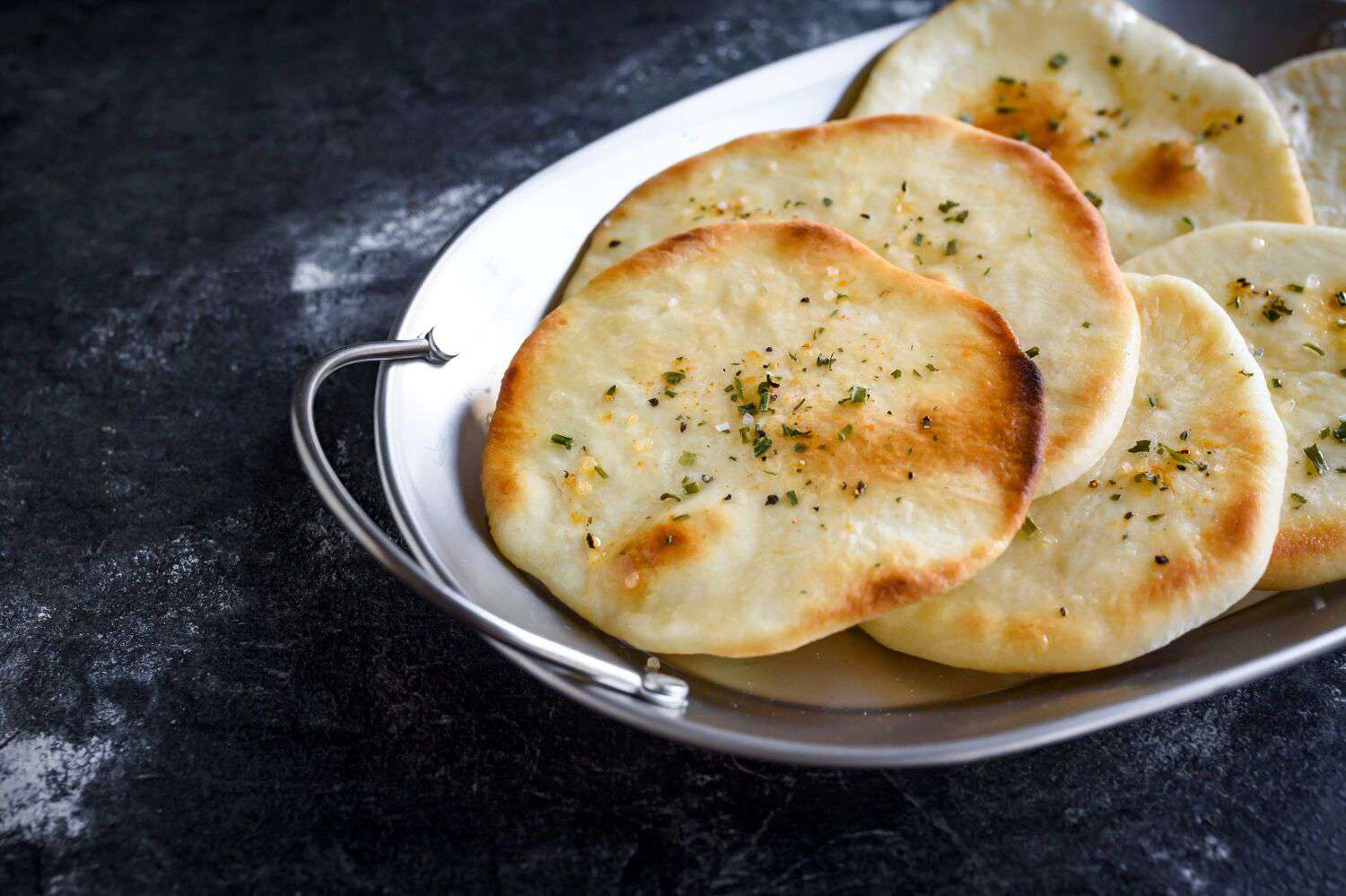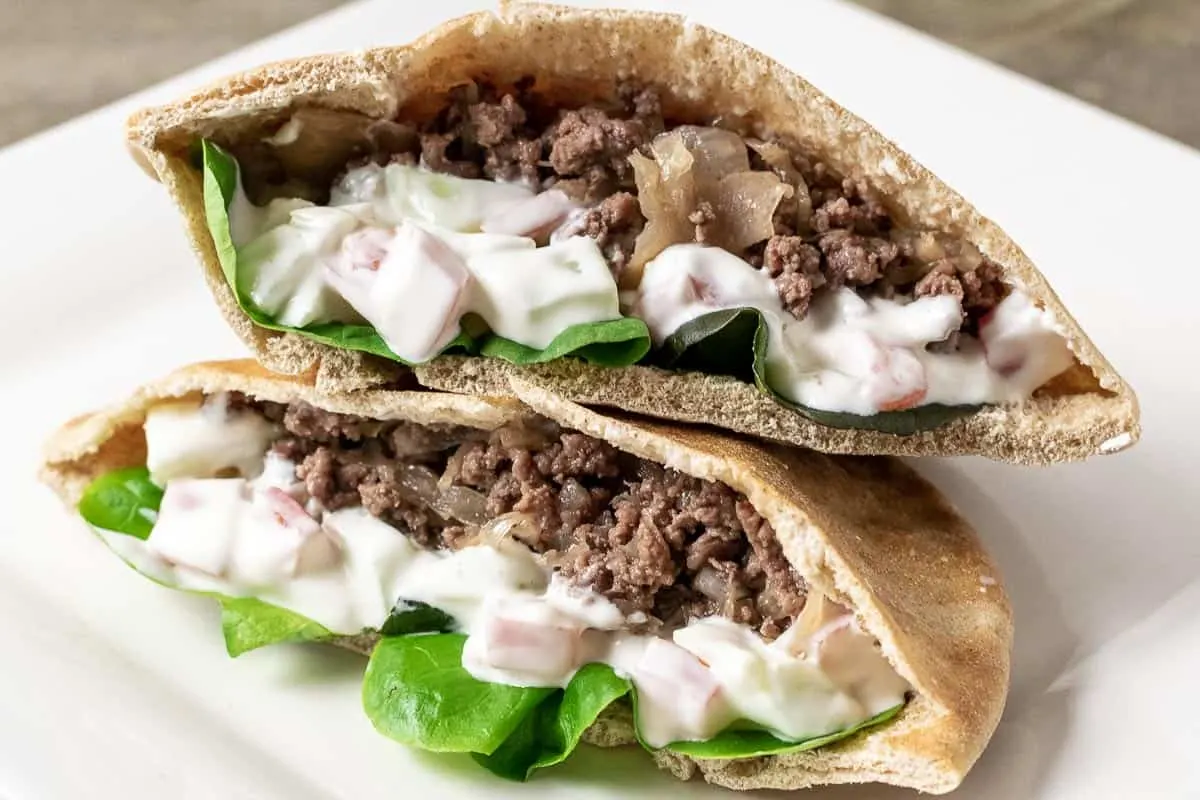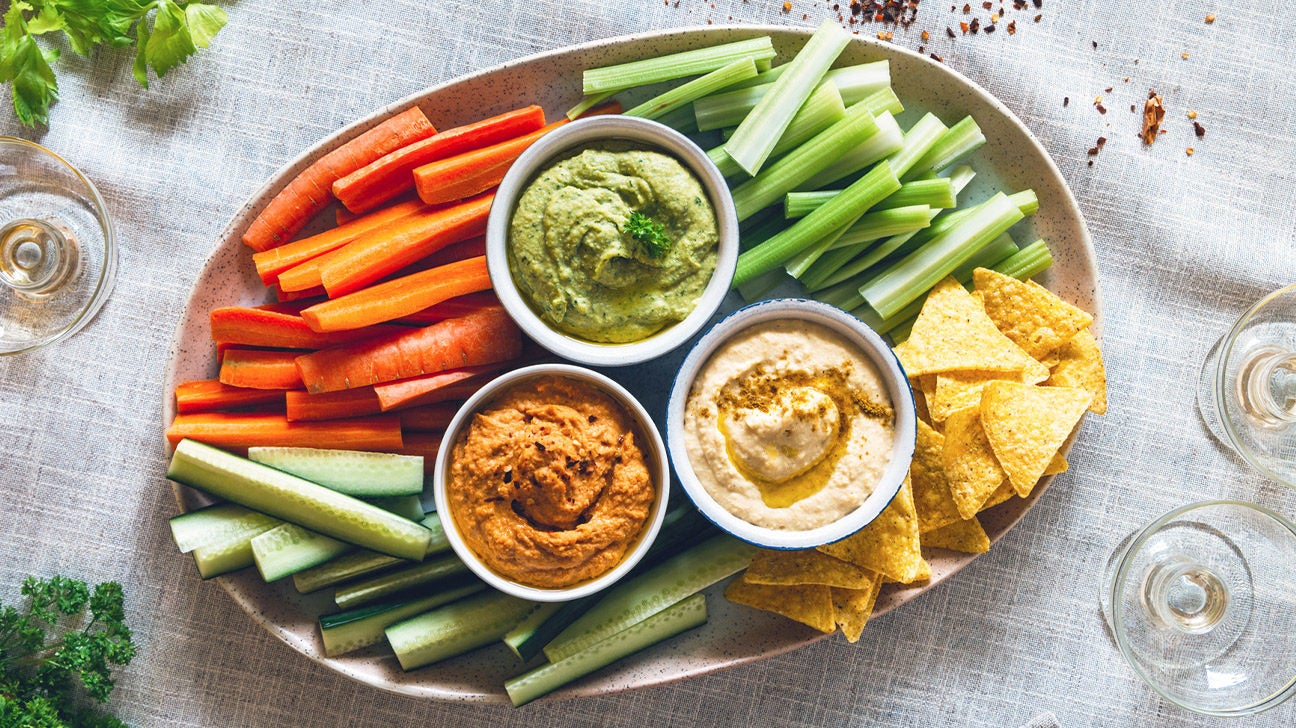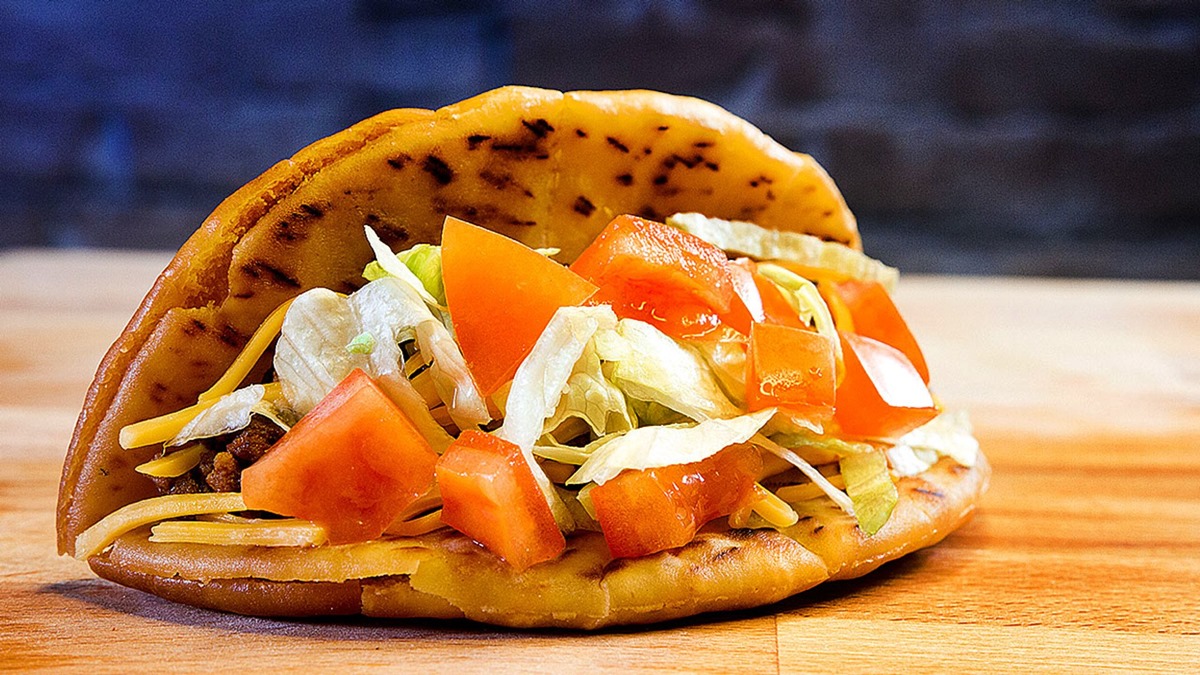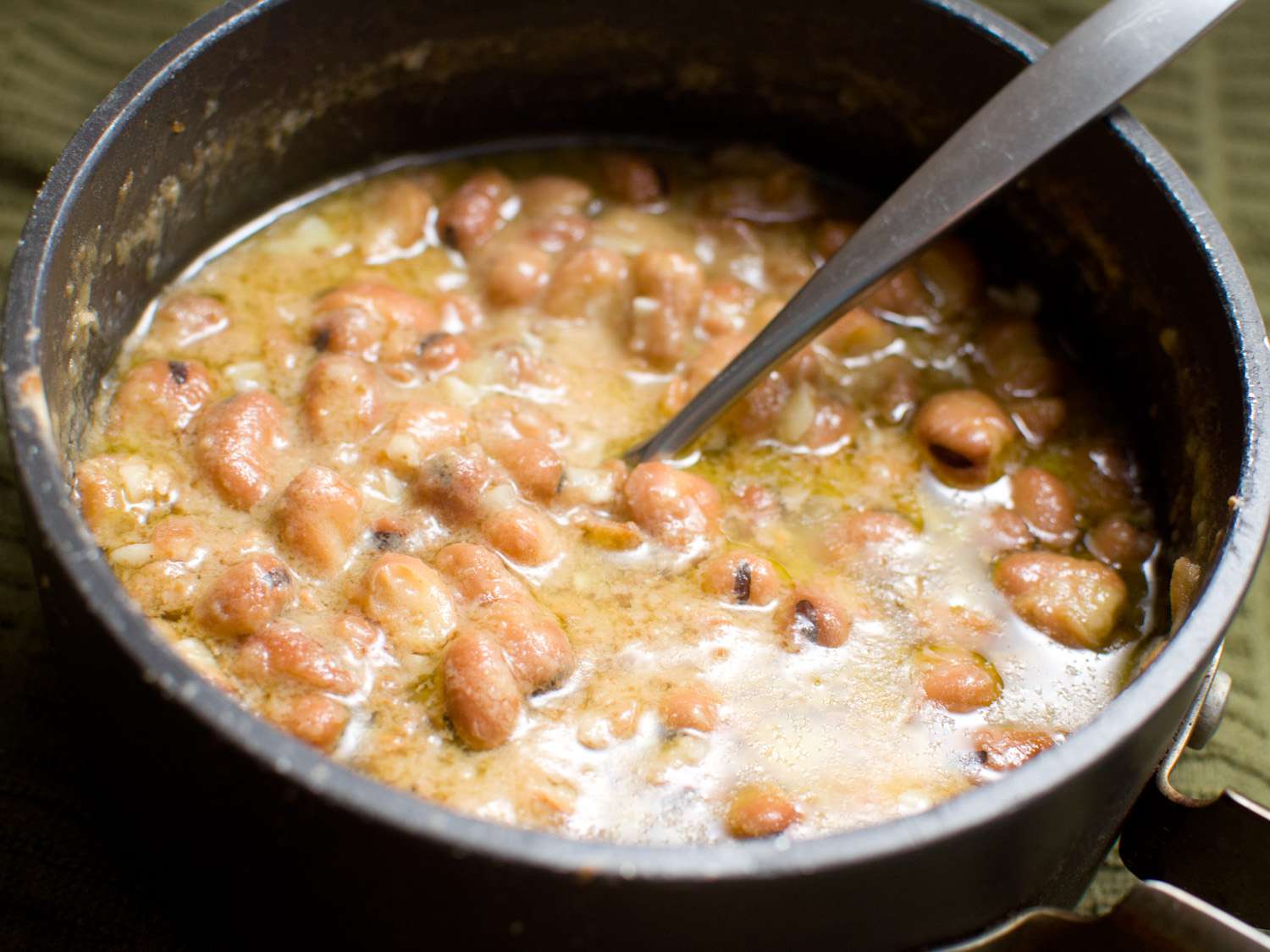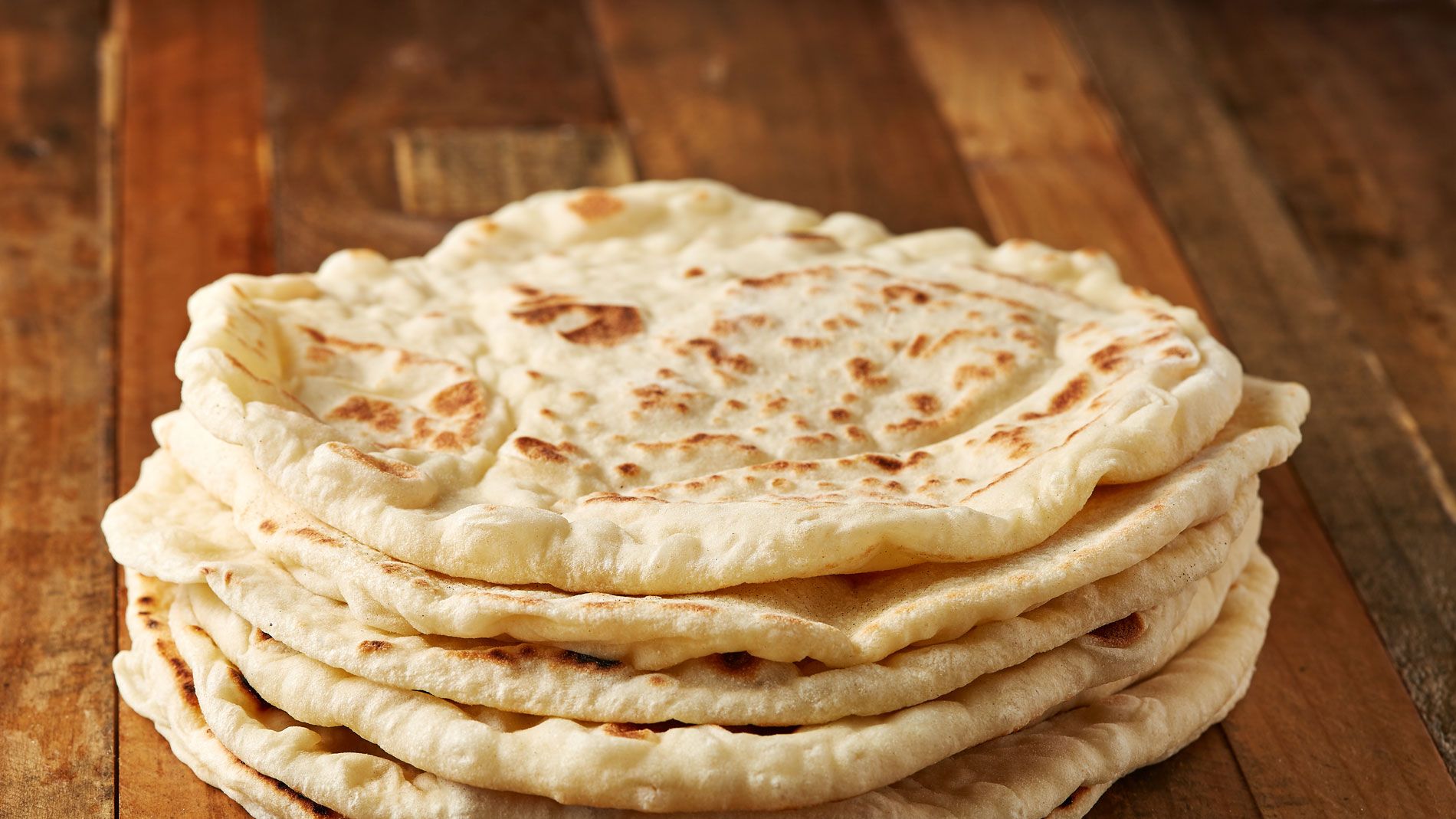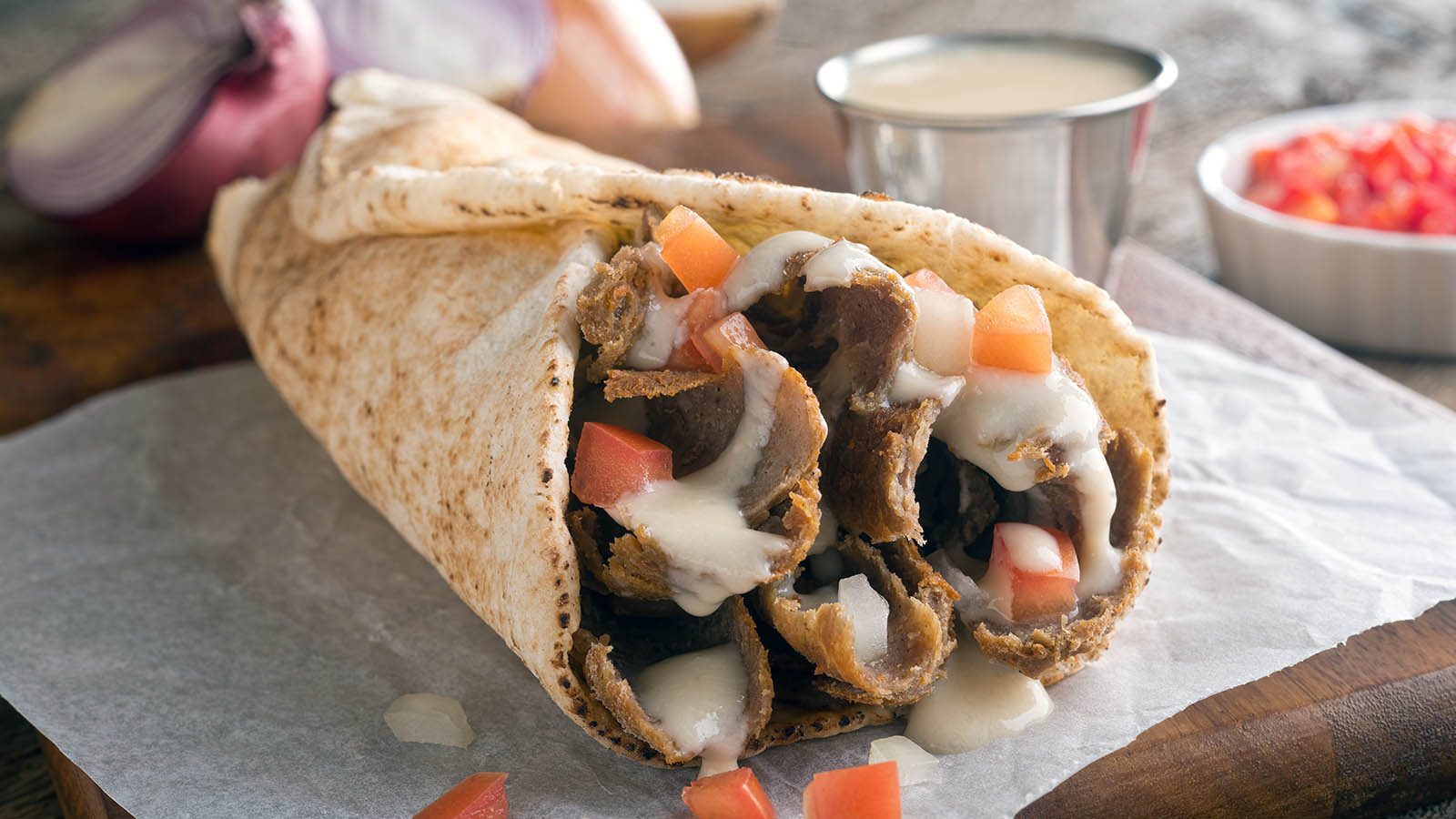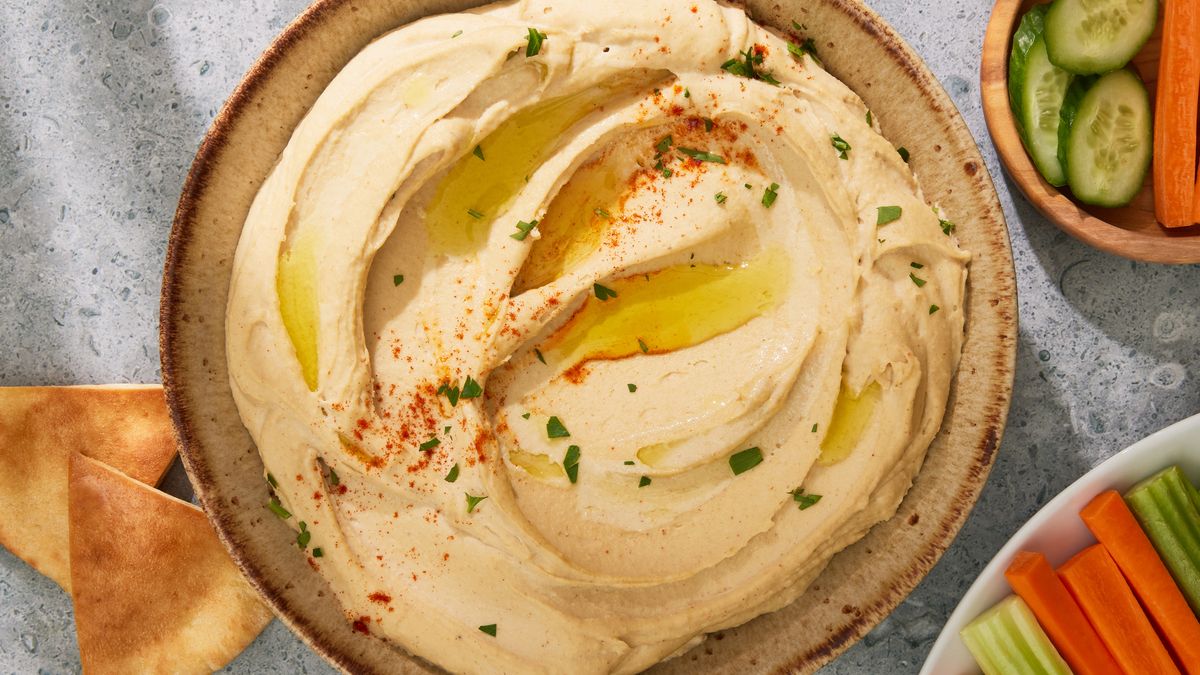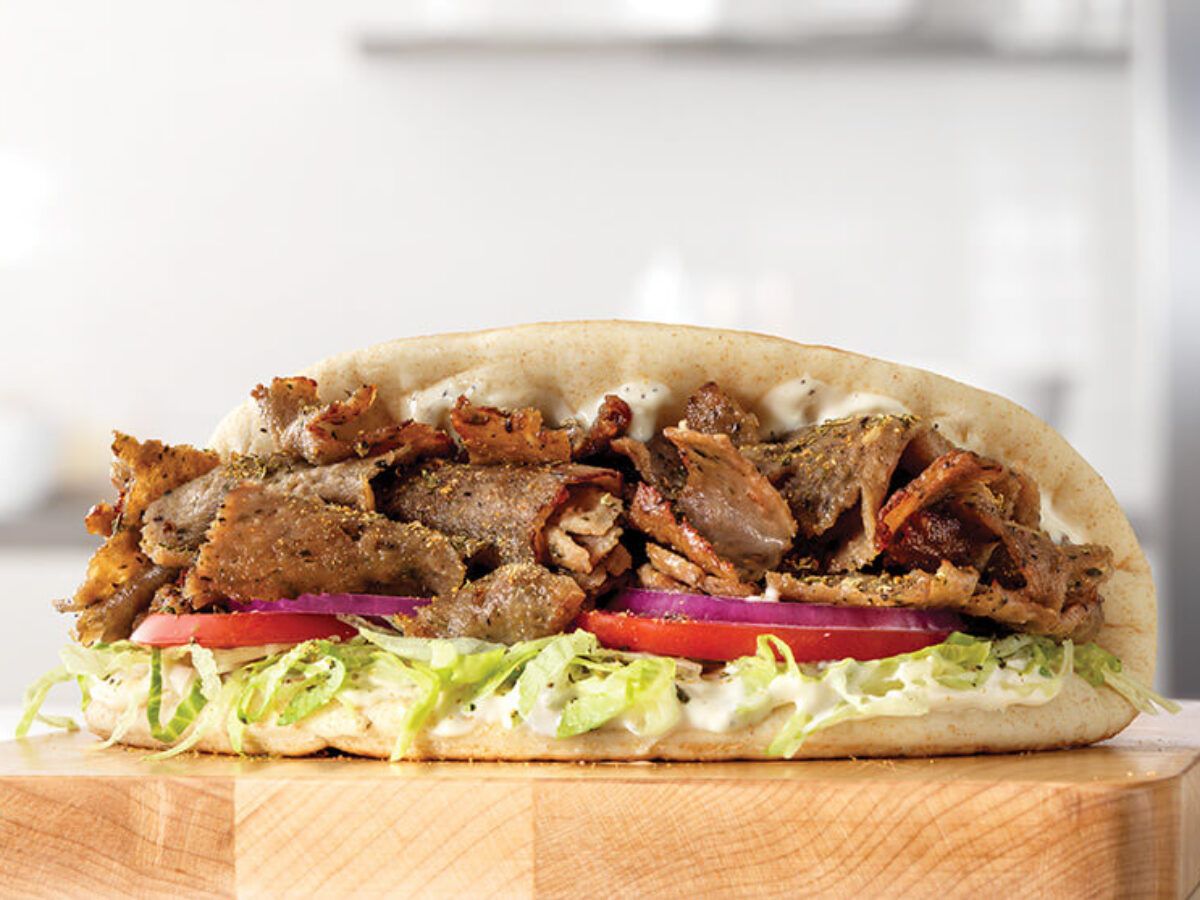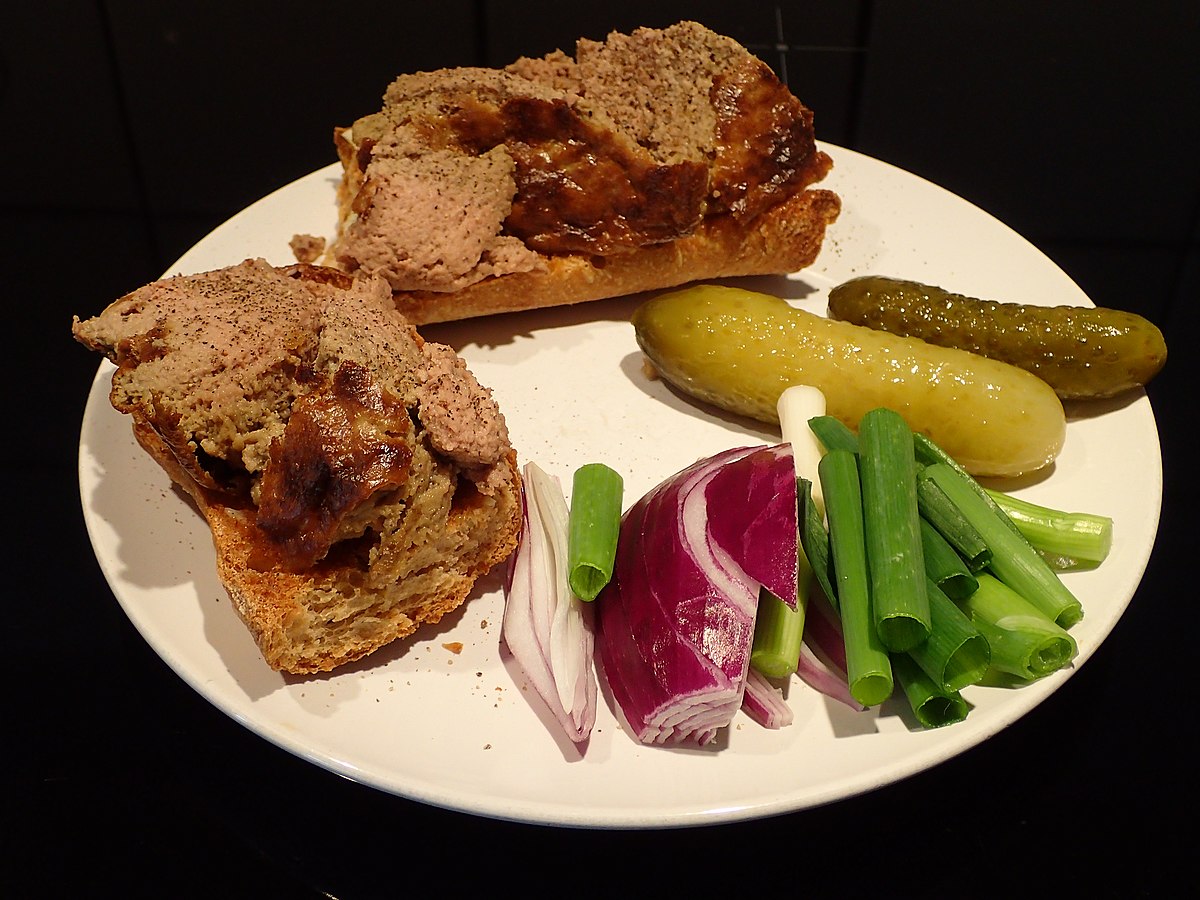Making homemade pita bread might seem tricky, but it's simpler than you think. With just a few ingredients and some patience, you can create soft, fluffy pitas perfect for sandwiches, dips, or just enjoying warm from the oven. This guide will walk you through each step, from mixing the dough to baking it to perfection. Whether you're a seasoned baker or a beginner, these tips will help you master the art of pita bread. Get ready to impress your family and friends with delicious, homemade pitas that taste better than anything you can buy at the store.
Essential Ingredients for Your Homemade Pita Bread
Mastering the Perfect Homemade Pita Bread
- 3 cups all-purpose flour
- 1 1/2 teaspoons salt
- 1 tablespoon sugar
- 1 packet active dry yeast (2 1/4 teaspoons)
- 1 1/4 cups warm water (110°F)
- 2 tablespoons olive oil
The Must-Have Tools for Pita Bread Perfection
Tools Needed to Master the Perfect Homemade Pita Bread
- Mixing Bowl: For combining ingredients.
- Measuring Cups and Spoons: To ensure accurate ingredient proportions.
- Whisk: Useful for mixing dry ingredients.
- Wooden Spoon: For stirring the dough.
- Kitchen Scale: For precise measurements, especially flour.
- Rolling Pin: To roll out the dough evenly.
- Baking Sheet: For baking the pita bread.
- Parchment Paper: Prevents sticking on the baking sheet.
- Clean Kitchen Towel: To cover the dough while it rises.
- Oven: Essential for baking.
- Cooling Rack: Allows pita to cool evenly.
- Pizza Stone (optional): For a crispier crust.
- Thermometer (optional): Ensures the oven reaches the correct temperature.
- Bench Scraper (optional): Helps in dividing the dough.
For perfect homemade pita bread, ensure your dough is well-kneaded and rested. High oven temperature is crucial for that signature puff, creating soft, hollow pockets ideal for filling.
The Art of Making Pita Bread at Home
Homemade pita bread offers a fresh, warm, and soft texture that store-bought versions often lack. Making it yourself ensures quality ingredients and no preservatives. Plus, the process is simple and rewarding. The aroma of freshly baked bread fills your kitchen, creating a comforting and satisfying experience for everyone.
Your Step-by-Step Pita Bread Making Guide
Mastering the Perfect Homemade Pita Bread
Ingredients:
- 3 cups all-purpose flour
- 1 1/2 teaspoons salt
- 1 tablespoon sugar
- 1 packet (2 1/4 teaspoons) active dry yeast
- 1 cup warm water (110°F)
- 2 tablespoons olive oil
Instructions:
-
Activate the Yeast:
- In a small bowl, combine warm water and sugar.
- Sprinkle active dry yeast over the water.
- Let it sit for 5-10 minutes until it becomes frothy.
-
Mix Dry Ingredients:
- In a large mixing bowl, combine all-purpose flour and salt.
- Make a well in the center.
-
Combine Wet and Dry Ingredients:
- Pour the yeast mixture and olive oil into the well.
- Stir with a wooden spoon until a shaggy dough forms.
-
Knead the Dough:
- Transfer the dough to a lightly floured surface.
- Knead for about 8-10 minutes until smooth and elastic.
- If the dough is too sticky, add a little more flour.
-
First Rise:
- Place the dough in a lightly oiled bowl.
- Cover with a damp cloth or plastic wrap.
- Let it rise in a warm place for about 1-2 hours, until doubled in size.
-
Divide the Dough:
- Punch down the risen dough to release air.
- Divide it into 8 equal pieces.
- Shape each piece into a ball.
-
Shape the Pitas:
- On a lightly floured surface, roll each ball into a circle about 1/4 inch thick.
- Cover the circles with a damp cloth to prevent drying out.
-
Preheat the Oven:
- Preheat your oven to 475°F.
- Place a baking stone or an inverted baking sheet in the oven to heat.
-
Bake the Pitas:
- Place 2-3 dough circles on the hot baking stone or sheet.
- Bake for 3-5 minutes until they puff up and are lightly golden.
-
Cool the Pitas:
- Remove from the oven and cover with a clean towel.
- This keeps them soft while cooling.
-
Repeat:
- Continue baking the remaining dough circles.
- Ensure the oven and baking stone remain hot.
-
Serve:
- Once cooled, cut the pitas in half or into wedges.
- Enjoy with your favorite fillings or dips.
Bringing It All Together
Mastering homemade pita bread isn't just about following a recipe. It's about understanding the ingredients, the techniques, and the timing. With a bit of practice, you'll get those puffy pockets perfect every time. Remember to let the dough rest, use a hot oven, and keep an eye on those baking times. Fresh pita bread can elevate any meal, from hummus and falafel to shawarma and gyros. Plus, there's nothing quite like the satisfaction of pulling a warm, fluffy pita out of your own oven. So, roll up your sleeves, grab your flour and yeast, and start baking. Your taste buds will thank you!
All Your Pita Bread Questions Answered
How long does it take to make homemade pita bread?
From start to finish, it usually takes about 2 hours. This includes mixing, kneading, rising, and baking.
What ingredients do I need for pita bread?
You’ll need flour, water, yeast, salt, sugar, and olive oil. Simple stuff you probably already have in your pantry.
Can I use whole wheat flour instead of all-purpose flour?
Absolutely! You can substitute whole wheat flour for all-purpose flour. Just keep in mind, the texture might be a bit denser.
How do I get the pita bread to puff up?
The key is a very hot oven. Preheat your oven to at least 475°F (245°C). Also, make sure your dough is rolled out evenly.
Can I freeze pita bread?
Yes, you can! Once they’ve cooled, place them in a ziplock bag and freeze. They’ll keep for about 3 months.
What’s the best way to reheat pita bread?
Reheat them in a hot skillet for a few minutes on each side. You can also use a toaster oven or wrap them in foil and warm in the oven.
Why is my pita bread not soft?
If your pita bread turns out hard, it might be overbaked. Try baking for a shorter time or at a slightly lower temperature.
